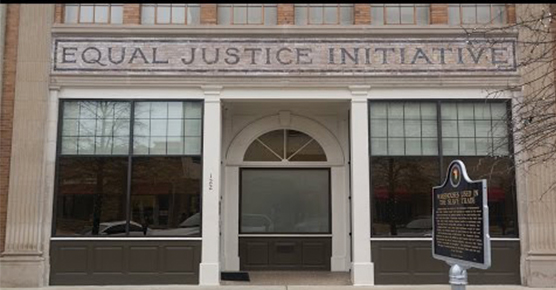
“Latino” and “Hispanic” have long been the most prominent terms used to describe people in the U.S. with roots in Latin America and Spain. But over the last several years, “Latinx” has become a de-facto gender neutral alternative to Latino and Hispanic, according to a new study by race and ethnicity researchers.

This episode is an audio recording of a Facebook Live discussion that happened on Tuesday, July 14, 2020. There are two perspectives which have emerged about social work's role in and with law enforcement. Yet, the "largest and most sustained period of protests against systemic racism and support for Black Lives..." these perspectives gained particular traction after social work leaders published opinion pieces on Medium.com.

NASW Social Work Talks podcast explores topics that social workers care with social work experts and practitioners. Episodes include

In this post the author curates a collection of free resources on anti-racism and therapy.
(Chart was adapted [for website] by Andrew M. Ibrahim MD, MSc from “Who Do I Want to Be During COVID-19” chart (original author unknown) with some ideas pulled from Ibram X. Kendi’s work.)
For the first time in 27 years, the U.S. government is changing how it categorizes people by race and ethnicity, an effort that federal officials believe will more accurately count residents who identify as Hispanic and of Middle Eastern and North African heritage.
Race (from the Open Education Sociology Dictionary):
Racism (from the Open Education Sociology Dictionary):
Race (from the APA Dictionary of Psychology):
Why do social workers need to understand race, color and ethnicity?
Social workers recognize that race and color play a critical role in shaping individual and collective experiences, with racialized individuals often facing prejudice, marginalization, and limited access to resources. Social workers are committed to understanding the complex ways in which race and color affect clients’ lives and to challenging the social structures that perpetuate racial inequalities. This includes advocating for policies and practices that promote racial equity, social justice, and the dignity of all individuals, regardless of race or color.
Additional Resources:
Now more than ever, it's important to look boldly at the reality of race and gender bias -- and understand how the two can combine to create even more harm. Kimberlé Crenshaw uses the term "intersectionality" to describe this phenomenon; as she says, if you're standing in the path of multiple forms of exclusion, you're likely to get hit by both. In this moving talk, she calls on us to bear witness to this reality and speak up for victims of prejudice.
Baratunde Thurston explores the phenomenon of white Americans calling the police on Black Americans who have committed the crimes of ... eating, walking or generally "living while Black." In this profound, thought-provoking and often hilarious talk, he reveals the power of language to change stories of trauma into stories of healing -- while challenging us all to level up.
Why does race matter so profoundly for health? David R. Williams developed a scale to measure the impact of discrimination on well-being, going beyond traditional measures like income and education to reveal how factors like implicit bias, residential segregation and negative stereotypes create and sustain inequality. In this eye-opening talk, Williams presents evidence for how racism is producing a rigged system -- and offers hopeful examples of programs across the US that are working to dismantle discrimination.
 |
|
 |
|
|
 |
|
 The design of this page was adapted in part from Research: By Course, Subject, or Topic, by University of Arizona Libraries, © 2020 The Arizona Board of Regents on behalf of The University of Arizona, licensed under a Creative Commons Attribution 4.0 International License.
The design of this page was adapted in part from Research: By Course, Subject, or Topic, by University of Arizona Libraries, © 2020 The Arizona Board of Regents on behalf of The University of Arizona, licensed under a Creative Commons Attribution 4.0 International License.
